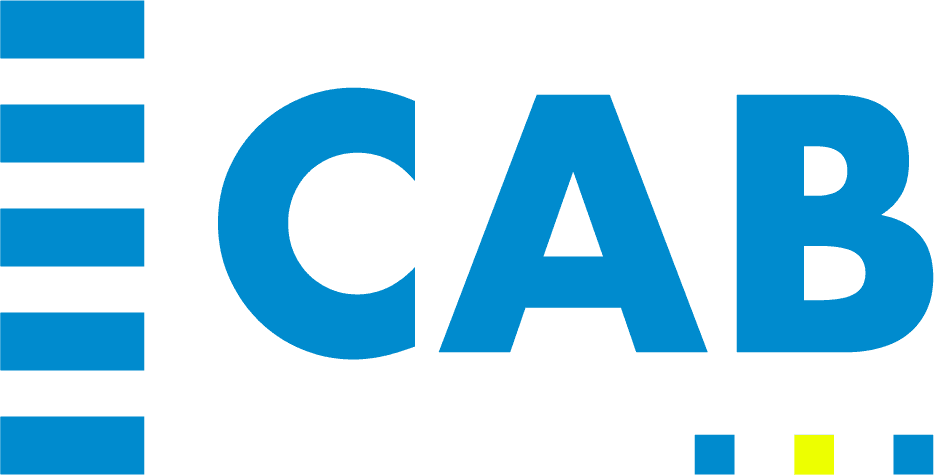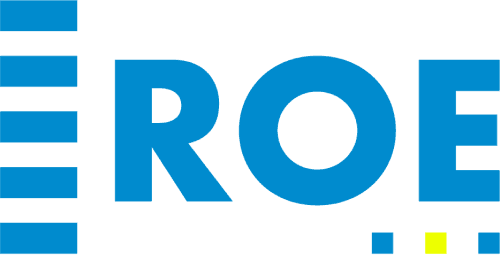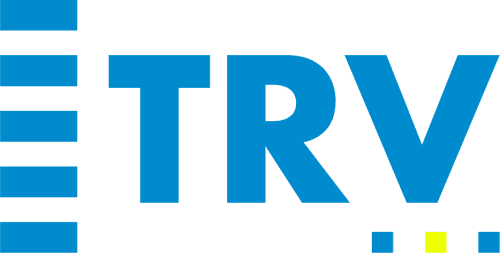
I’ve noticed an issue with the way most companies talk about productivity. Many treat it like a math problem. Output, efficiency, utilization: that’s usually the formula.
At GBM6, the team metrics look a little different. Productivity isn’t about squeezing more work out of people; it’s about building sustainable happiness. A team that’s running on all cylinders hits deadlines, is happy, is engaged, and is not drowning in stress. That’s real productivity.
And it’s not just a feel-good idea. Gallup’s survey shows that highly engaged businesses have 14% higher productivity and 78% less absenteeism.
So, employee happiness = actual business growth.
The Problem with Traditional Productivity Metrics
Most workplaces still measure productivity with the basics: hours logged, tasks checked off, and how much of a person’s time is being used. On paper, it looks neat and measurable. In reality, it often encourages people to push past healthy limits.
The result? Stress and burnout. That’s probably why 66% of workers are burnt out at their jobs.
In aviation, if an airline’s success is only judged by miles covered, they’d miss the bigger picture. Crew readiness, maintenance, and weather conditions matter just as much.
Similarly, if you only focus on raw output at work, human capacity gets left behind.
A Happiness-Centered Model of Productivity
I’d say it’s wrong to judge productivity by how many hours people grind through or how many tasks they tick off. Instead, it comes down to three things: happiness, stress, and utilization.
When happiness is high, stress is low, and utilization sits somewhere in the middle, the team runs like a well-tuned aircraft.
That “middle” utilization is key. If it’s too low, people aren’t challenged, and performance dips. Push it too high, and overwork kicks in, stress builds, and the whole system falters.
Richard Branson, the co-founder of Virgin Group, sums it up perfectly: “Clients do not come first. Employees come first. If you take care of your employees, they will take care of the clients.”
A simple rule of thumb guides it: if stress outweighs happiness, productivity won’t hold up for long.
Plenty of data backs this up. Research shows that employees with higher well-being report 21% greater productivity.
The American Psychological Association (APA) also notes that well-being programs directly improve job performance. So, it’s settled: happiness isn’t soft, it’s measurable.
How to Measure Team Productivity Beyond Output
So if productivity isn’t just about cranking out more work, how do you actually measure it? Let me explain.
Track Engagement and Happiness
Start simple: ask people how they’re doing.
Don’t wait until annual reviews to ask how people feel. Use short pulse surveys every couple of weeks with just two or three questions.
Mix that with anonymous feedback forms so people feel safe being honest. And then (this is important) follow up in one-on-one chats. When people see you actually act on their feedback, trust goes up and engagement rises.
Monitor Stress Levels
Stress isn’t always loud, so you’ve got to look for early signs. Track sick days and turnover trends.
If those numbers start creeping up, that’s your signal. You can also hold “temperature check” meetings where the team quickly shares if they’re running hot, warm, or cool.
Or build small rituals that make stress easier to spot. For example, try a weekly “energy check” where each person shares one word that sums up their mood. You’d be surprised how much a single word can reveal about the team’s state.
And sometimes, stress shows up in silence. If a usually vocal teammate goes quiet, that’s worth checking in on privately.
The trick is to spot these cues before they spiral into full burnout.
Balance Utilization Rates
Set clear workload limits. For example, if a team member’s calendar shows more than 70–75% of their week blocked, that’s a sign they’re at risk of burning out.
On the flip side, if someone consistently sits at 40%, you may need to adjust responsibilities. Just find that steady middle zone.
Tie Happiness to Output
Arianna Huffington, the CEO of Thrive Global, says it best: “Burnout is not the price you pay for success.” Don’t treat happiness as a side note. Track it alongside your business metrics.
If sales, customer satisfaction, or project delivery improve when employee happiness scores go up, show that connection in team meetings. You simply need to frame happiness as a driver of results. It will give everyone a reason to value it.
The Payoff of a Happiness-Driven Productivity Model
What happens when people are happy and engaged? Well, the whole team performs at a higher level.
Work gets done faster, and the quality of it also improves. You also see practical wins: lower turnover, fewer sick days, and a culture where people actually want to stay.
Think about aviation again. A well-rested, happy crew doesn’t just fly more comfortably; they fly more safely. Their performance is sharper, and they protect everyone on board. The workplace isn’t much different.
A burned-out team misses signals, while a balanced team spots problems quickly.
Performance coach Tony Schwartz has some golden words I live by, ‘’Manage your energy, not your time.’’ The ‘’energy’’ here is quite close to happiness. When you treat it as a part of productivity, you outperform businesses that only track hours and output.
Stay Happy, Stay Productive
We’re so used to only focusing on how much gets done. But the more important thing is knowing HOW the work gets done. When happiness is high and stress is low, teams move faster and smarter. Isn’t that the dream?
The big takeaway here is that if you measure productivity through the lens of well-being, you create better work and a happier team. That’s the kind of environment people want to be a part of. I know I do.
Take it from the guru Stephen R. Covey, the author of The 7 Habits of Highly Effective People, “Always treat your employees exactly as you want them to treat your best customers.” It will take you far in the race to business success.
Sources
Gallup: ‘’Employee Engagement vs. Employee Satisfaction and Organizational Culture.’’ Accessed 10/06/2025.
Forbes: ‘’Job Burnout At 66% In 2025, New Study Shows.’’ Accessed 10/06/2025.
BetterUp: ‘’How to improve work performance by focusing on well-being.’’ Accessed 10/06/2025.
APA: ‘’Healthy workplaces.’’ Accessed 10/06/2025.

Article by
Founder, Think Like a Pilot & GBM6
Bobby Dutton is a professional speaker, entrepreneur, and philanthropist. He's also a licensed commercial pilot and flight instructor -- for fun. Thriving at the intersection of engineering and art, Dutton created GrooveBoston in 2004, built on the statement "Music is No Longer a Spectator Sport." His team (now called GBM6) is about making people happy, through legendary events. Bobby's pioneering work on event design has won him awards internationally, and he was voted one of the "Top 25 Young Event Pros to Watch" by Special Events Magazine. After 20+ years of navigating high-stress situations as a business owner and event producer, Bobby found calm in an unlikely place: in the sky. He now teaches these aviation-inspired decision-making tools to thousands through events, keynotes, and workshops.









